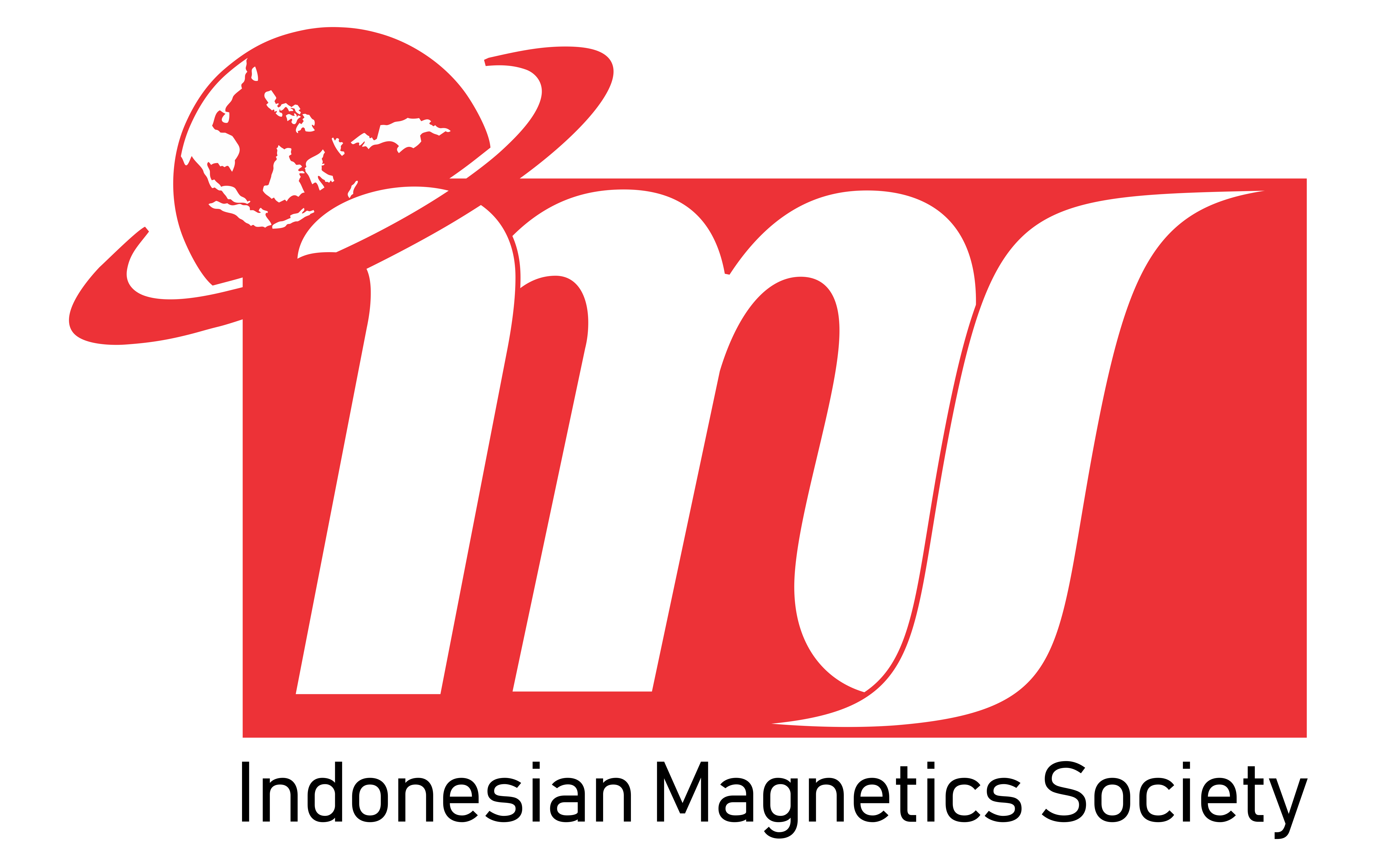Numerical investigation of the effect of temperature and volume fraction on the thermal properties of polystyrene silver nanoparticle (PS/AgNPs) composites
Abstract
Keywords
Full Text:
PDFReferences
Agari Y, Ueda A and Nagai S. (1993). Thermal conductivity of a polymer composite. Journal of Applied Polymer Science, 49, 1625–1634.
Angue Mintsa, H., Roy, G., Nguyen, C. T., & Doucet, D. (2009). New temperature dependent thermal conductivity data for water-based nanofluids. International Journal of Thermal Sciences, 48, 363-371.
Banjare Johan, Yagya Kumar Sahu, Alok Agrawal and Alok Satapathy. (2014). Physical and thermal characterization of red mud reinforced epoxy composites: An experimental investigation. International Conference on Advances in Manufacturing and Materials Engineering, 5, 755–763.
Blanco-López M.C., Gutiérrez-Fernéndez C., Lobo-Castañón M.J., Miranda-Ordieres, A.J., Tu¬ñón-Blanco, P. (2015). Electrochemical sensing with electrodes modified with molecularly im¬printed polymer films. Anal. Bioanal. Chem 378, 1922–1928.
Cunningham, B. D., Huang, J. and Baird, D. G. (2007). Review of materials and processing methods used in the production of bipolar plates for fuel cells. International Materials Reviews, 52, 1–13.
Das, S. K., Putra, N, Thiesen, P., & Roetzel, W. (2003). Temperature dependence of thermal conductivity enhancement for nanofluids. Journal of Heat TransferTransactions of the ASME, 125, 567-574.
Devpura, A., Phelan P. E., and Prasher R. S. (2001). Size effects on the thermal conductivity of polymers laden with highly conductive filler particles, Microscale. Thermophysical Engineering, 5, 173-177.
Gojny, F. H., Wichmann, M. H. G., Fiedler, B., Kinloch, I. A., Bauhofer, W., Windle, A. Hand Schulte, K. (2006). Evaluation and identification of electrical and thermal conduction mechanisms in carbon nanotube/epoxy composites. Polymer, 47, 2036–2045.
Huang, J., Wulin Y., Jiajun Z., Licai F., Deyi L. and Lingping Z. (2019). Silver nanoparticles decorated 3D reduced graphene oxides as hybrid filler for enhancing thermal conductivity of polystyrene composites.Composites Part A. 123, 79–85
Jibrin A.Y., Mohammed I.K., Bello L.M., Maytham Q.H., AbdulKadir H. K and MohdA.A. (2020).The Effect of Silver Particles on the Synthesis and Characterization of Polystyrene/Silver (Ps/Ag) Nanocomposites for Carbonaceous Materials.International Journal of Nanoelectronics and Materials.13, 263-268.
Kandula M. (2011) On the effective thermal conductivity of porous packed beds with uniform spherical particles, Journal of Porous Media 14, 919-926.
Kiran Raj. (2016). Thermal Conductivity of Polymer Composites Filled with Nanofillers. Journal of Composite Materials, 1, 1–9.
Maxwell J. C., (1904). A treatise on electricity and magnetism, vol. I, 3rd Ed, Oxford University Press
Nadendla, S. (2019). Failure Analysis in Biocomposites, Fibre-ReinforcedComposites and Hybrid Composites.Woodhead Publishing Series in Composites Science and Engineering, 109-131
Nguyen, C., Desgranges, F., Roy, G., Galanis, N., Maré, T., Boucher, S., & Angue Mintsa, H. (2007). Temperature and particle-size dependent viscosity data for water-based nanofluids - hysteresis phenomenon. International Journal of Heat and Fluid Flow, 28, 1492-1506.
Ravisankar B and Tara Chand V. (2013). Influence Of Nanoparticle Volume Fraction, Particle Size And Temperature On Thermal Conductivity And Viscosity Of Nanofluids- A Review. International Journal of Automotive and Mechanical Engineering 8, 1316-1338.
Sarmad, I.I., Ahmed, H.A., Sanaa,H. A., Miqdam, T.C., Hussein, A.K.,Jarinah, M.A., Wan, N. R.&Ahmed, A. (2022). Stability and thermal conductivity of different nano-composite material prepared for thermal energy storage applications. South Africa Journal of Chemical Engineering, 39, 72-89
Schuster J., Heider D., Sharp K., Schneider G., Schonborn C. and Glowania, M. (2008). Analysis of thermal conductivities of three-dimensionally woven fabric composites. Composites Science and Technology Journal, 68, 315–323.
Takai Z. I., Mustafa M. K., and Asman S. (2018).Preparation of high performance conductive polyaniline magnetite (PANI/Fe3O4) Nanocomposites by Sol-Gel Method, Asian Journal. Chem.,30, 122-130.
Thorne, D., Langevin,C. D&Sukop, M.C. (2006). Addition of simultaneous heat and solute transport and variable fluid viscosity to SEAWAT. Computer and Geosciences 32, 1758–1768.
Xue Qing-Zhong. (2003). Model for effective thermal conductivity of nanofluids. Physics Letters, Section A: General, Atomic and Solid State Physics, 307, 313–317.
Yaghjian D. Arthur. (2014). Reflections on Maxwell's Treatise. In Progress In Electromagnetics Research, 149, 56-70.
Yang, Y., Grulke, E. A., Zhang, Z. G., & Wu, G. F. (2006). Thermal and rheological properties of carbon nanotube-in-oil dispersions. Journal of Applied Physics. 99, 114307.
Yim T. J., Lee O. J., Lee K. H., Kim S. Y., Yoo K. P., (2002).Determination of mesopore size of aerogels from thermal conductivity measurements, Journal of Non-Cryst Solids 298, 287–292.
Yu W and Choi S. (2003). Determination of Effective Thermal conductivity of Nanocomposite Material. Journal OfNanoparticle Research, 5, 167–171.
Zeng Jun, Renli Fu, Simeon Agathopoulos, Shaodong Zhang, Xiufeng Song andHong He. (2009). Numerical simulation of thermal conductivity of particle filled epoxy composites. Journal of Electronic Packaging, Transactions of the ASME, 131, 0410061–0410067.
Zhong- Wen Cai, Shan-Tung Tu, and Guo.-Lang. Tao. (2005). Thermal Conductivity of PTFE Composites with Three-dimensional. Journal of Thermoplastic Composite Materials, 15,187-195
Refbacks
- There are currently no refbacks.







